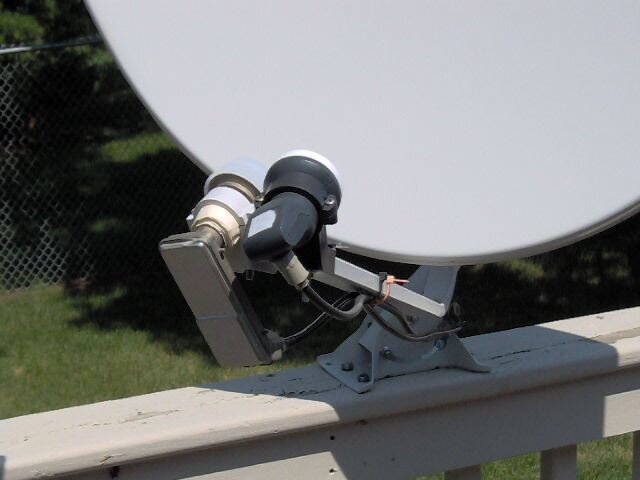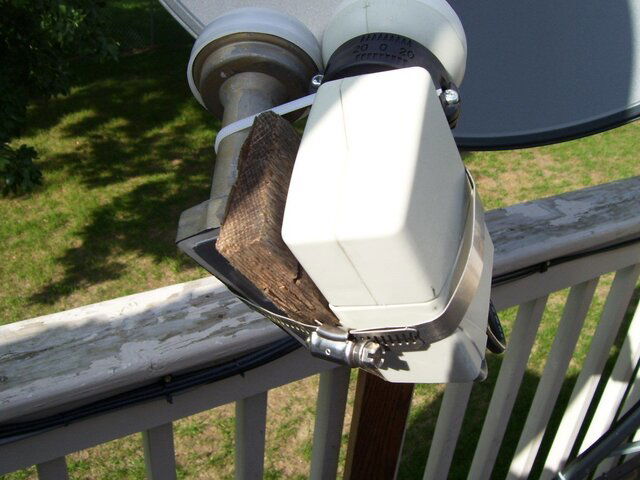I'm working on putting together a system for use in Hawaii (96704). Planing to purchase a Fortec FS6P 180cm (6ft.) prime focus dish. The main bird I'm looking at will be the 97w (Galaxy 19) for the Thai channels however I also have A Directv receiver that I would like to use for the 101w bird. I'm planning on getting the Invacom QPF-031 with the AF-120 feedhorn so that I can do both linear and circular thus both FTA and DSS Directv.
Now here's the question. Because of my location the look angles for the 97w are 24.9 ele. and 103.2 azi. The 101w is 21.0 ele. and 101.1 azi. The difference is only about 2 degrees. With such a small difference in look angle can I get by with doing a stationary mount with cheating the dish look angle to be somewhere between the two? Or will I have to motorize the system to move the dish to these exact angles? Will this 6 foot dish be able to boost the signal here in Hawaii enough so that I can cheat on the angles? Especially the Directv signal as that is stronger than the FTA signal.
I was originally thinking of getting a seperate circular DSS LNBF for the Directv and just hang it off the side if the main FTA LNBF, but, because the look angle only has a 2 degrees difference, I don't think I would be able to get the Directv LNBF close enough to the focal point.
What are your ideas and suggestions? Any help or discussion will be appreciated!!
Eric.
Now here's the question. Because of my location the look angles for the 97w are 24.9 ele. and 103.2 azi. The 101w is 21.0 ele. and 101.1 azi. The difference is only about 2 degrees. With such a small difference in look angle can I get by with doing a stationary mount with cheating the dish look angle to be somewhere between the two? Or will I have to motorize the system to move the dish to these exact angles? Will this 6 foot dish be able to boost the signal here in Hawaii enough so that I can cheat on the angles? Especially the Directv signal as that is stronger than the FTA signal.
I was originally thinking of getting a seperate circular DSS LNBF for the Directv and just hang it off the side if the main FTA LNBF, but, because the look angle only has a 2 degrees difference, I don't think I would be able to get the Directv LNBF close enough to the focal point.
What are your ideas and suggestions? Any help or discussion will be appreciated!!
Eric.







